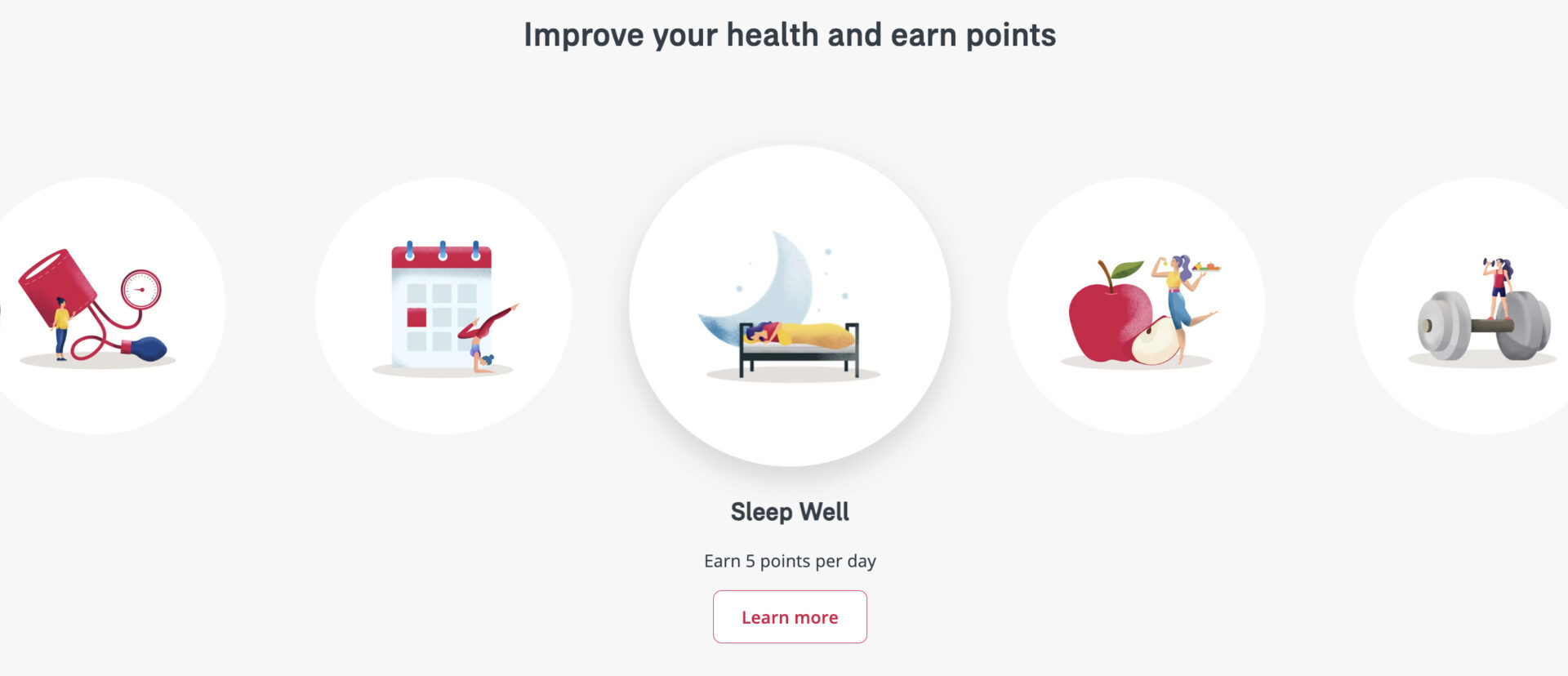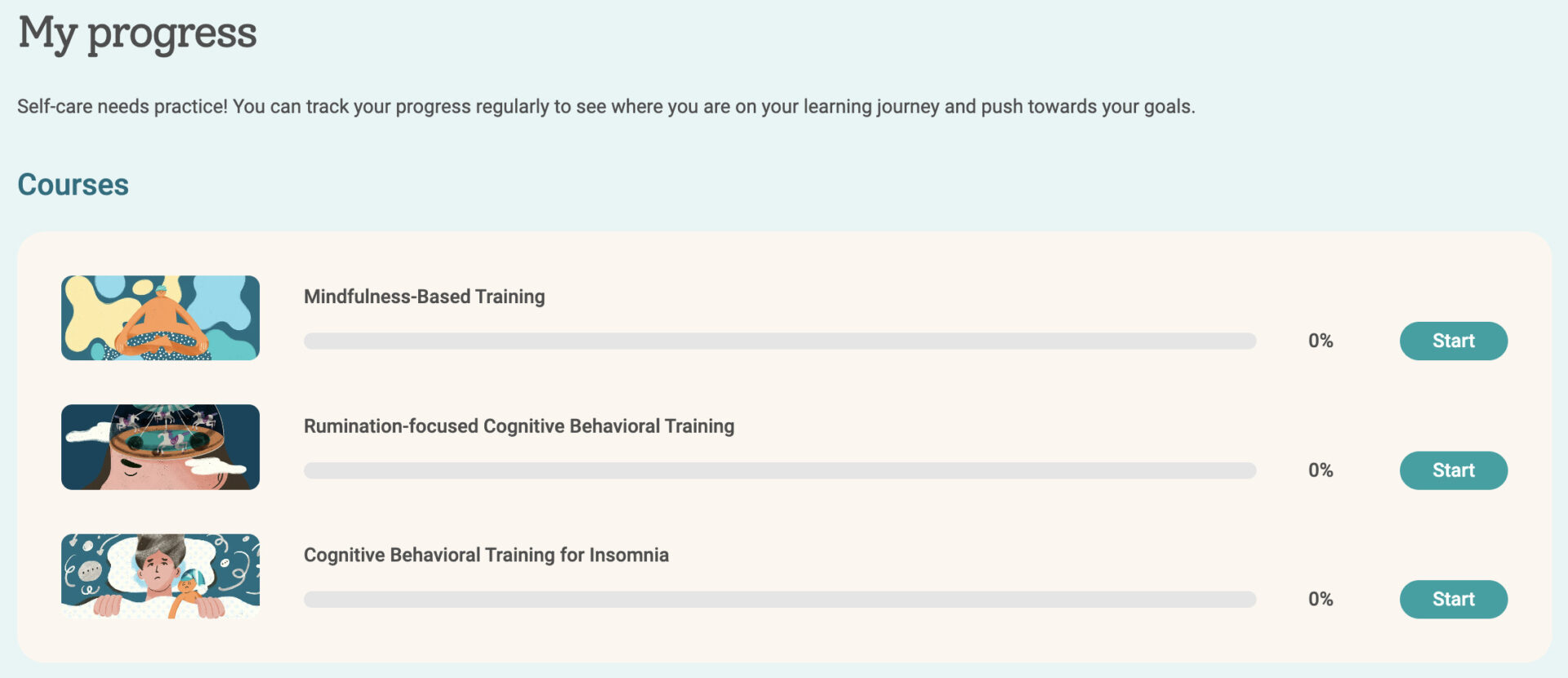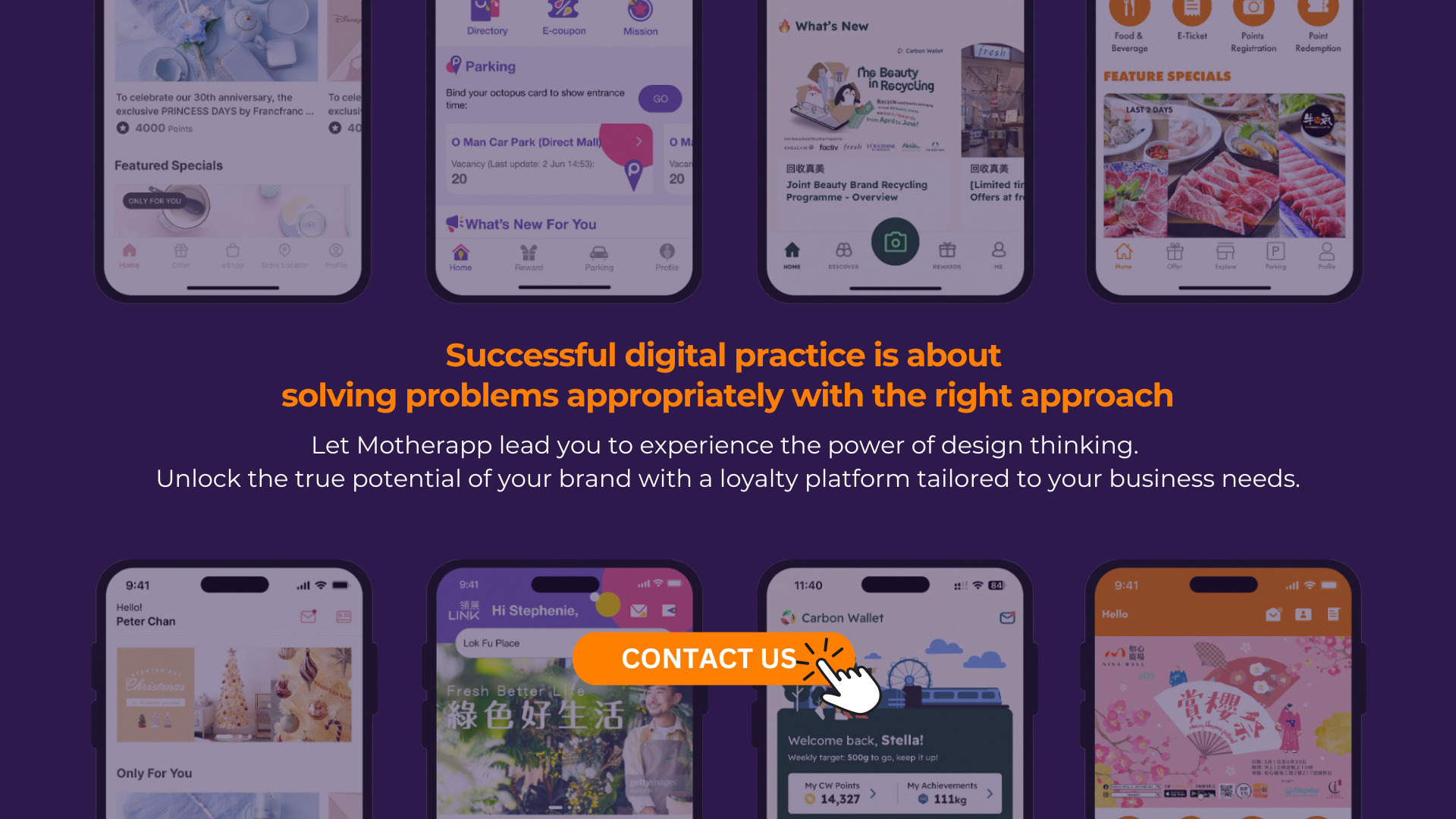Transformation Across Industries: How the “Earn and Burn” Strategy in Loyalty Programs is Evolving
The “Earn and Burn” strategy, a key element in retail loyalty programs, has long been a widely adopted tool by brands to enhance customer engagement and strengthen brand loyalty. By allowing customers to earn and redeem points, retailers have successfully attracted repeat business. However, as the market evolves, with technological advancements and changing consumer preferences, this strategy is no longer confined to retail but is increasingly being adopted by various non-retail industries. For instance, as we mentioned in our previous article, the 2024 Paris Olympics subtly introduced digital loyalty experiences and Customer Relationship Management (CRM) elements, transforming sports fans and Olympic viewers from mere consumers into loyal brand supporters.

More industries are now tweaking the points-based strategy to meet their specific objectives, driving business growth while enhancing customer engagement and loyalty. This article will delve into how the “Earn and Burn” strategy transcends the boundaries of retail, extending to other industries, and showcase how different enterprises are flexibly applying this strategy to achieve their business goals.
The Fundamental Concept and Mechanism of the “Earn and Burn” Strategy
Basic Principles and Function
In simple terms, the “Earn and Burn” strategy is an incentive mechanism where customers earn points by participating in certain activities and then use these points to redeem corresponding rewards, forming a closed-loop consumption model. This mechanism not only increases the frequency of customer purchases but also strengthens the interaction and emotional connection between customers and the brand, ultimately enhancing brand loyalty.
Application in Retail: Classic Success Stories
In the retail industry, this strategy has developed to a mature level. Whether it’s a membership program for a fashion brand or a points system on an e-commerce platform, retailers use the “Earn and Burn” strategy to boost customer retention rates. For example, some supermarkets encourage customers to accumulate points through purchases, which can then be redeemed for discounts or free products, thereby encouraging more frequent purchases and increasing the brand’s market share.
These systems are typically designed to make customers feel valued and rewarded, such as accumulating points based on their shopping behavior, which can then be redeemed for prizes, discounts, exclusive membership benefits, etc. The core objective is to establish a continuous interaction and reward cycle, prompting customers not only to return but also to develop a strong emotional connection with the brand.
Read More: Repeat customers: Definition, Rates & Strategies| Keep Your Customers Coming Back
Exploring the Potential for Cross-Industry Expansion
The application of the “Earn and Burn” strategy is no longer limited to the retail sector. As the demand for customer engagement and loyalty increases across various industries, this strategy is gradually being employed in lifestyle, media, logistics, and even insurance sectors. These industries are innovatively applying the “Earn and Burn” strategy by evolving the rules for points redemption, successfully achieving a transformation and upgrade in their business models.

Expanded Applications: How Non-Retail Industries Leverage the “Earn and Burn” Strategy
In non-retail industries, more and more companies are beginning to realize the potential of the “Earn and Burn” strategy and are innovatively applying it within their own business areas. These industries include, but are not limited to, logistics, online media, insurance, and mental health services. Here are some specific practices on how these industries use the “Earn and Burn” strategy to enhance customer loyalty and improve business performance.
Logistics Industry Practice: Offering Point Incentives to Encourage Customer Use of Self-Service
The logistics industry, traditionally unrelated to loyalty programs, has started exploring the potential of the “Earn and Burn” strategy. For example, SF Express has introduced its mobile app “SFHK App,” smartly simplifying the parcel delivery process. While offering customers services such as self-ordering and real-time tracking, they also added a “Member Center” section, allowing users to earn points through different SF Express services. These include self-service parcel delivery or collection, earning bonus points during birthday months, and then redeeming rewards related to logistics services.

This example shows the shadow of traditional retail customer loyalty “Earn and Burn” in SF Express’s points strategy, which successfully achieves multiple objectives. Besides basic brand loyalty cultivation, SF Express encourages customers to use the app for logistics orders, speeding up the store delivery process. Moreover, this strategy can guide customers from door-to-door service to self-service at stores.
This demonstrates that by effectively utilizing and adjusting the points system to meet industry needs, non-retail brands like logistics services can use the “Earn and Burn” strategy to encourage customers to switch to self-service, reducing operational costs.
Online Media Practice: Enhancing Content Consumption Through Points Mechanisms
In the media industry, these platforms mainly face the challenge of retaining customers and increasing their engagement, thereby maintaining platform activity and ensuring traffic. By effectively using the “Earn and Burn” strategy, platforms can increase user activity and content consumption by adjusting points earning and redemption mechanisms. An example is Cosmopolitan, a lifestyle website under the South China Morning Post, which redesigned a points system suitable for its platform. Users can earn points by interacting with the platform, such as reading articles, posting comments, or sharing content. These points can be redeemed for gifts from partner brands or shopping vouchers.

This model helps the platform maintain user activity and continuously encourages users to stay active through points rewards, thereby fostering user loyalty. This not only increases users’ reliance on the platform but also creates more commercial value for the platform, attracting more advertising and brand partnership opportunities, achieving the goal of enhancing the platform’s competitiveness in the media landscape.
Insurance and Life Sector Practice: Promoting Health Management and User Engagement
The insurance industry has also begun adopting the “Earn and Burn” strategy to promote the use of health management applications. This not only helps encourage the promotion of a healthy lifestyle but also enhances user trust and loyalty towards insurance companies, leading to long-term business growth. For instance, an insurance brand encourages users to achieve daily health goals through a health management app to earn points. Daily health goals may include reaching a certain level of physical activity or cultivating healthy eating habits. After achieving daily goals, users can earn points that can be redeemed for insurance product discounts, movie or shopping vouchers, etc.

For insurance companies, besides building a positive health image, one of their main goals is to encourage the public to use their insurance products. By effectively using this “Earn and Burn” mechanism, it serves not only as a marketing gimmick but also as an effective strategy for building long-term customer loyalty. The points system allows insurance companies to establish long-term interaction and trust with users, maintaining continuous contact with customers. When users realize that the brand cares about their health, they are more likely to choose that brand’s insurance products, creating a win-win situation.
Mental Health Services Practice: Promoting Mental Health Awareness and User Participation
Apart from physical health, mental health is another crucial area, and mental health platforms have also begun adopting the “Earn and Burn” strategy to encourage users to pay more attention to their mental well-being. For example, digital mental health platforms design “My Weekly Plan” health challenges, encouraging users to practice mindfulness, meditate, read mental health articles, or engage with AI emotion robots to earn points. These points can be redeemed for mental health resources, counseling services, or other rewards related to mental health activities.

Such a points system not only motivates users to regularly engage in mental health activities but also helps them develop good habits, improving their overall mental health. For mental health platforms, this “Earn and Burn” strategy not only increases user engagement but also helps build user loyalty to the platform. When users feel that their mental health is being supported and cared for, they naturally become more willing to continue using the platform’s services, helping the platform establish a stable user base and attract more potential customers.
B2B vs. B2C Applications: Diversified Expansion of the “Earn and Burn” Strategy
B2C Model “Earn and Burn”: Enhancing Customer Engagement and Brand Loyalty
In the B2C (business-to-consumer) model, the primary goal of the “Earn and Burn” strategy is to enhance customer engagement and interaction with the brand through continuous consumption rewards. These systems are usually simple and directly target consumers’ daily shopping behavior. For example, retail brands establish points programs where consumers earn points with every purchase, which can be redeemed for discounts, free products, or other rewards. This design not only encourages repeat purchases but also helps strengthen consumers’ recognition and reliance on the brand, thereby increasing the brand’s market share.
Apart from points systems, coupons are also a common tool in B2C. Companies regularly issue coupons to customers, encouraging repeat purchases, and through various discount strategies, attract new customers. The “Earn and Burn” strategy in B2C aims to create a virtuous cycle, continuously rewarding consumers to enhance the brand’s competitiveness.

B2B Model “Earn and Burn”: Expanding to Internal Management and Motivating Employee Performance and Loyalty
Beyond incentivizing external B2C consumers, the “Earn and Burn” strategy can also be effectively applied in internal corporate management, particularly in employee motivation. By establishing an internal employee points system, companies can award points based on employee performance, innovative contributions, or years of service. These points can be redeemed for various benefits, such as extra vacation days, training opportunities, or other employee perks.
From a company perspective, reducing talent turnover, increasing employee morale, and their sense of belonging can significantly improve company efficiency. This internal employee management system helps increase employee motivation and satisfaction, reducing turnover rates and strengthening corporate cohesion. When employees feel that their contributions are recognized and rewarded by the company, they naturally develop a stronger sense of belonging and loyalty, making them more willing to contribute to the company’s long-term development.
The Business Potential of Expanding the “Earn and Burn” Strategy
Future Evolution of the “Earn and Burn” Strategy: Data-Driven Precision Interaction
In the future, the “Earn and Burn” strategy will increasingly rely on big data and artificial intelligence technologies. By analyzing platform user behavior and preferences, companies can design more targeted points earning and redemption rules. They can also collect data through their loyalty programs and use AI algorithms to predict user behavior, continuously optimizing the loyalty program design and increasing user satisfaction.
The Expanding “Earn and Burn” Strategy: Applicability to Non-Retail Industries
The success of the “Earn and Burn” strategy in retail has inspired more industries to adopt this mechanism. As long as the rules are reasonably adjusted, even industries like logistics, online media, insurance, and mental health can implement points systems to effectively increase customer engagement and loyalty. When expanding the “Earn and Burn” strategy to non-retail industries, it is crucial to align with their specific characteristics and market needs. By doing so, companies can maximize the benefits of loyalty programs and increase customer loyalty.
Final Summary: Transforming and Upgrading Non-Retail Industries
In this constantly evolving business landscape, loyalty programs are not just limited to retail; their core concepts are gradually permeating into more non-retail industries. By innovatively applying the “Earn and Burn” strategy and adapting points systems to industry characteristics, companies can effectively enhance customer loyalty and achieve business growth. The loyalty program model, once thought to belong solely to retail, has become a common strategic tool across various industries, helping companies achieve sustainable development and long-term success.
THESE ARTICLES MIGHT INTEREST YOU
Loyalty in Olympic Games? Hidden Loyalty and CRM in the Olympic Digital Experience 2024
What is Omnichannel Engagement? Learn from CASETiFY’s Strategies
[Loyalty Management Secrets] Four Essential Techniques to Boost Customer Loyalty
What Makes The Point by SHKP a Successful Loyalty Program?
Repeat customers: Definition, Rates & Strategies| Keep Your Customers Coming Back
The Art of User Experience: Why UX/UI is Indispensable in App Development
Building Customer Loyalty Reward Programs: What is it? How does it work? 3 Best Examples in HK
What is CRM? A Complete Guide to Customer Relationship Management Systems
What Makes yuu Rewards Club a Successful Loyalty Program?
Best Local Loyalty Program Tactics
Maximize Loyalty with Tier-Based Membership
MORE CASE STUDIES
Carbon Wallet – Different Use of Loyalty Program
Carbon Wallet Rebranding a Green Lifestyle Community
Francfranc FUN! – Loyalty Program for Affordable Luxury
Contact us now for more professional advice and one-on-one consultation.
Keep up with us – follow us on social media!
